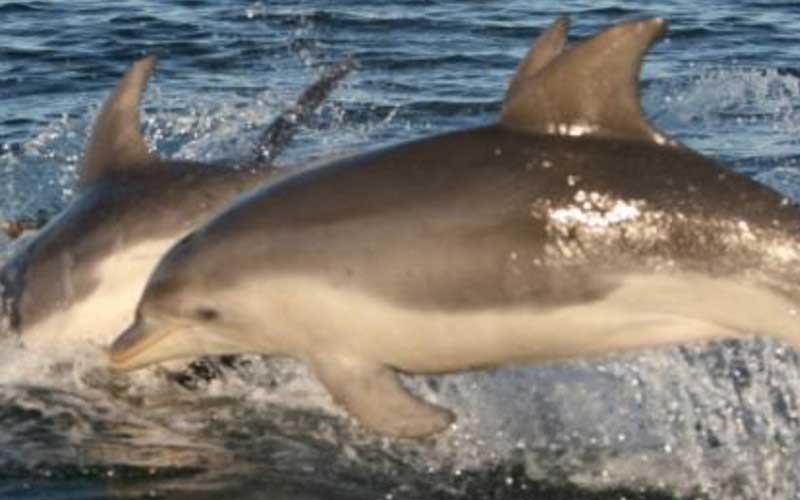Photo by Charlton-Robb K, Gershwin LA, Thompson R, Austin J, Owen K, McKechnie S. This file is licensed under the Creative Commons Attribution 2.5 Generic license.
Tursiops australis
INFORMATION AND CHARACTERISTICS.
In 2011, news related to the animal kingdom caught the attention in the world. The media unveiled the discovery of a new species of Australian dolphin, which the scientists named Burrunan dolphin. It is the third species of dolphin discovered since the 19th century, and it does not live in a remote or isolated place. No, it inhabits only a few kilometers away from human civilization.
Researchers at the University of Monash, Victoria, Australia, sponsors of this study, were astonished to learn about the existence of a dolphin that was always confused with other species endemic to the southern coast. But after performing a series of genetic, morphological and osteological tests, the researchers were ready to announce to the world their finding.
The newly discovered dolphin received the name “Burrunan” since in the aboriginal languages Boonwurrung, Woiwurrung, and Taungurung mean “large sea fish like a porpoise.”
The information available on the species is still scarce given its recent date of discovery, but it is another member of the Genus Tursiops, so it is a close relative of the Indo-Pacific bottlenose dolphin, and the Common bottlenose dolphin. Its taxonomy is as follows:
Order: Cetacea
Family: Delphinidae
Genus: Tursiops
HOW DO THEY LOOK? PHYSICAL CHARACTERISTICS.
Morphology.
It has a thick snout and a short rounded head. Its caudal fin is large as well as its dorsal fin, but this has a sickle shape.
Weight and size.
The Burrunan dolphin has a size similar to the common bottlenose dolphin (Tursiops truncatus), but it is slightly smaller. It measures between 2.27 and 2.78 meters in length with a skull of 47.0-51.3 centimeters.
Skin Coloration.
The dorsal area and sides of the head and body have a dark gray color interrupted by the presence of a light gray color that extends from the shoulders towards the sides. The third color in their skin starts from the eyes and lower jaw covering the entire lower ventral area with white.
WHERE DO THEY LIVE? DISTRIBUTION AND HABITAT.
This species is endemic to Australia and at to the time of the study they identified about 150 individuals in the south and southeast of this country. It is distributed in the waters of the state of Victoria, in the Gulf of Spencer, in the west of the Island of San Francis and the east of Tasmania; There are two populations in Port Phillip Bay and Gippsland Lakes.
It inhabits coastal waters near the ports, in semi-closed water systems and even in the estuaries.
Studies on the species are still under development, so data related to their behavior, feeding, and breeding habits are still unknown.
WHAT IS THEIR CONSERVATION STATUS? THREATS AND CONSERVATION.
Conservation Status: Unknown
We know little about its life, and it is already in danger. The small geographical region in which this dolphin lives and its proximity to human civilization and the consequences of its activities threaten the reduced number of extant Burrunan dolphins. Although it does not appear on the Red List of the International Union for Conservation of Nature and there are no specific conservation strategies, it is important to begin implementing efforts to facilitate the protection and survival of the species.
References
https://www.ncbi.nlm.nih.gov/pmc/articles/PMC3173360/
Stephen Jackson, Colin Groves. Taxonomy of Australian Mammals. Csiro Publishing, 2015.
https://en.wikipedia.org/wiki/Burrunan_dolphin

